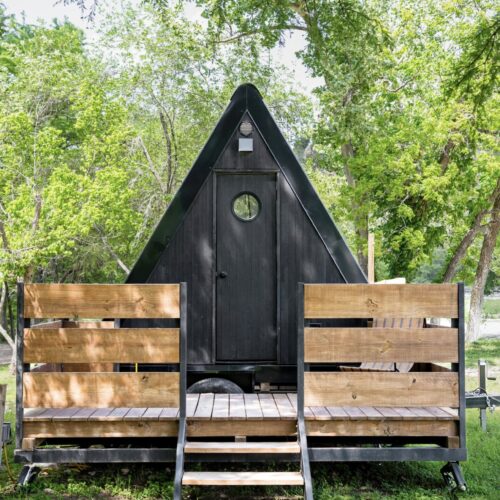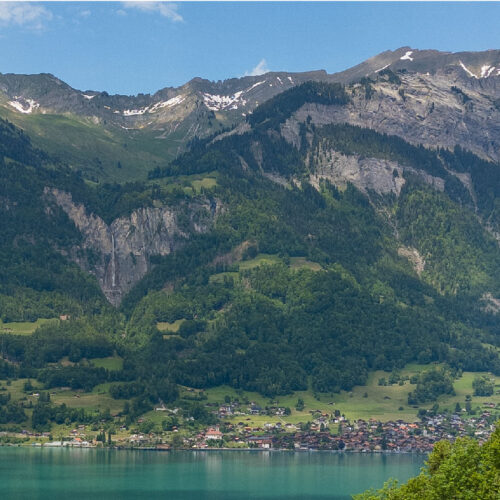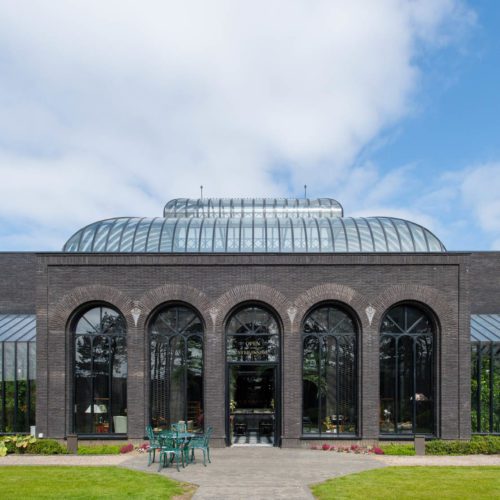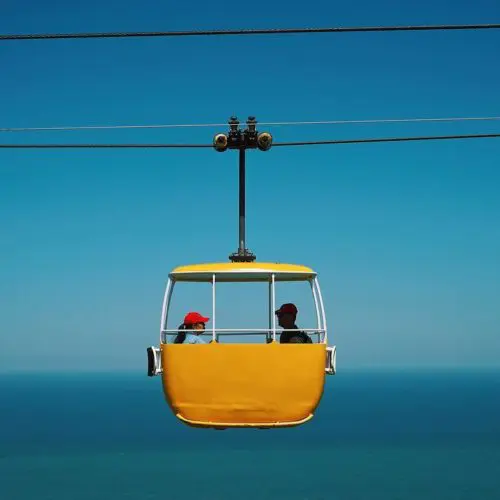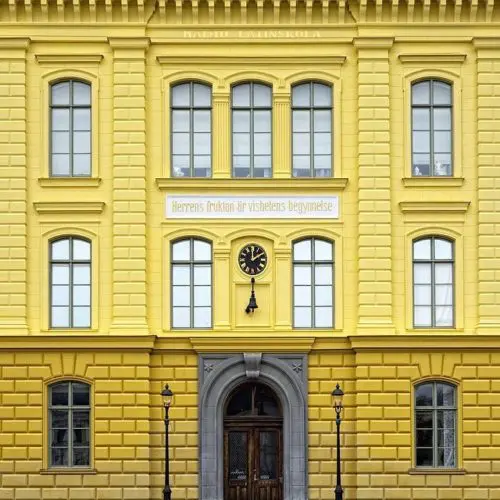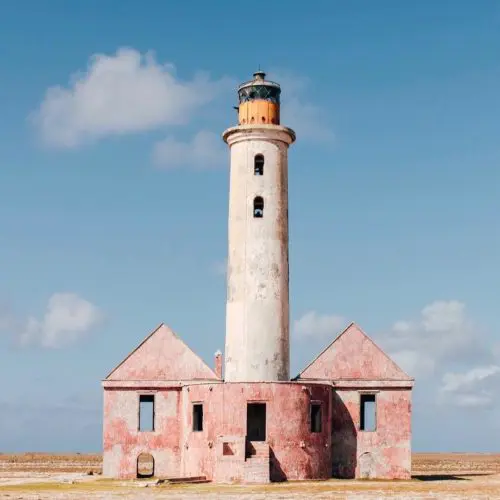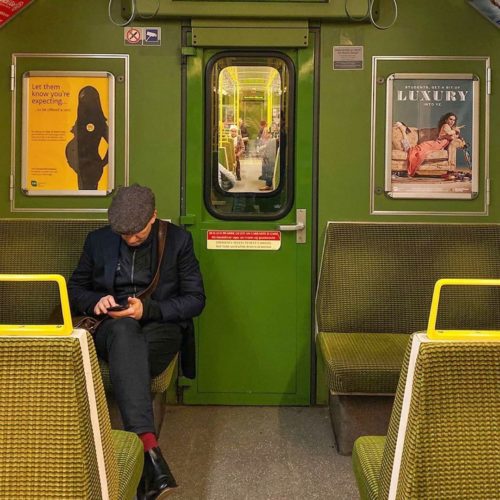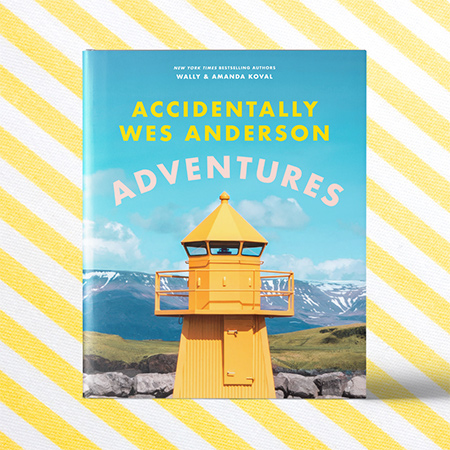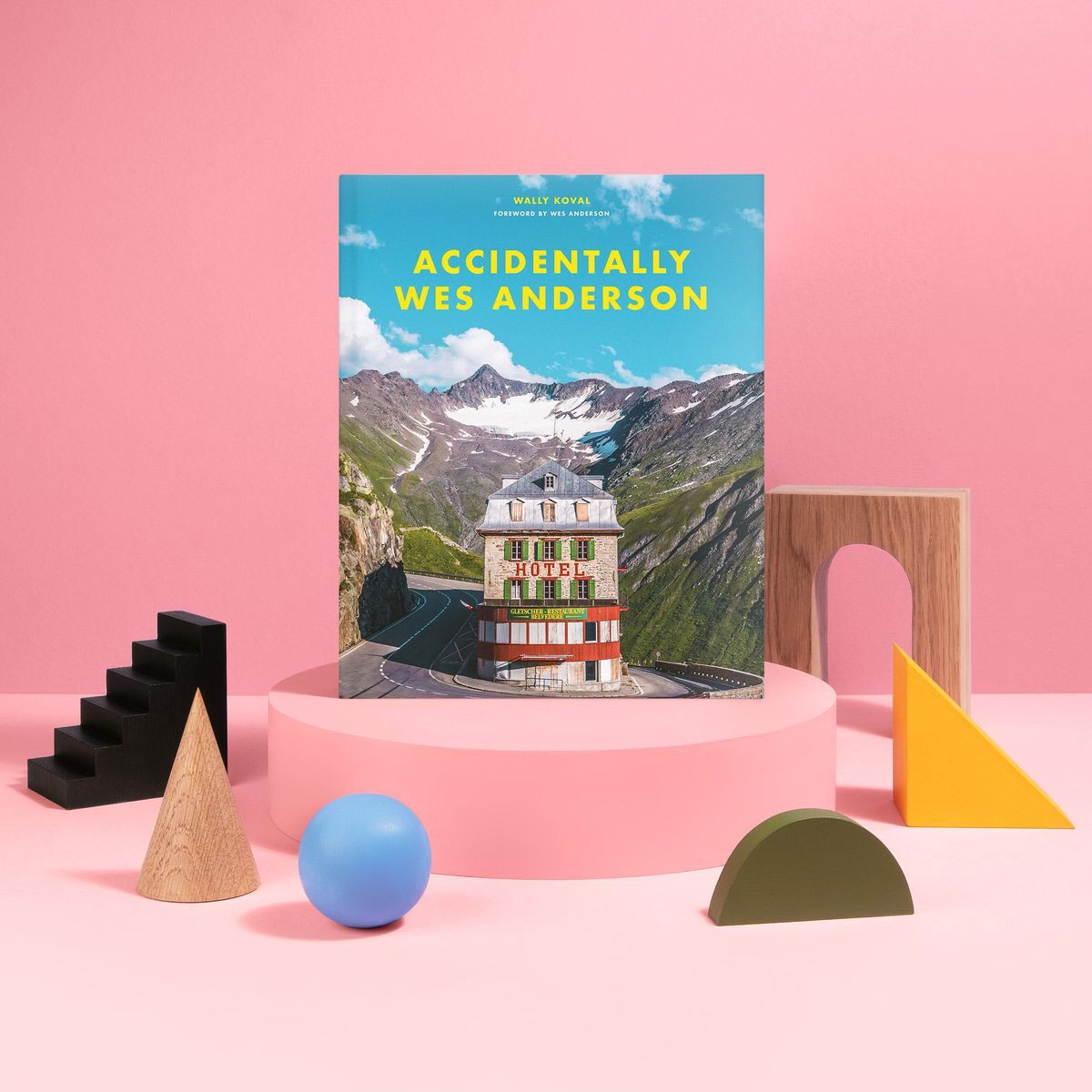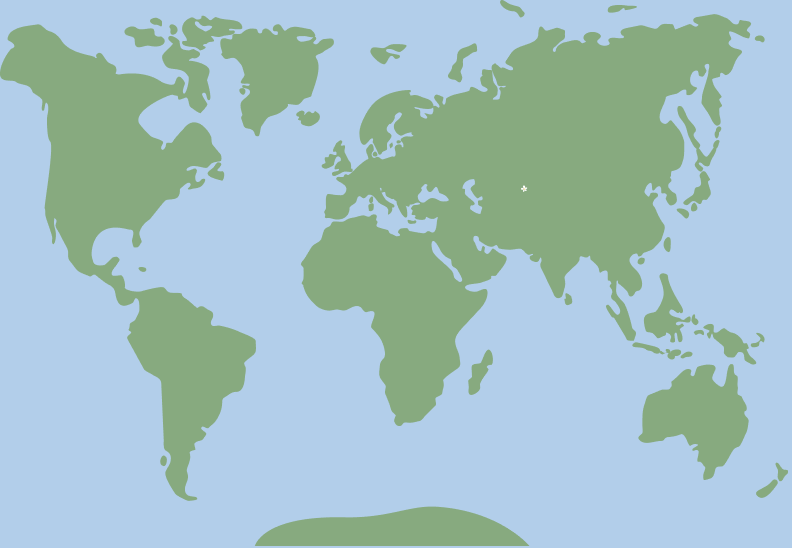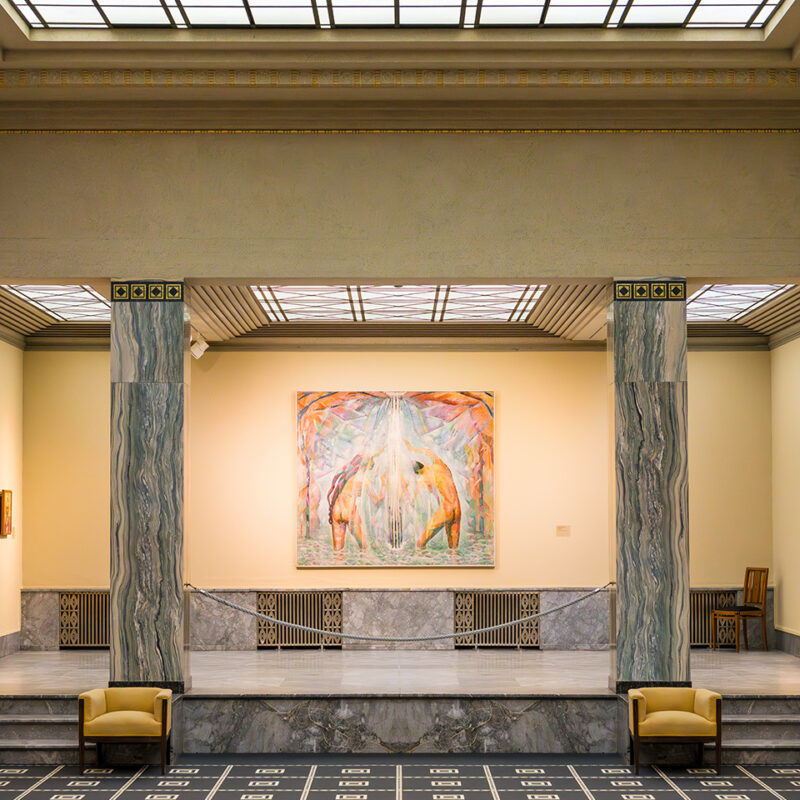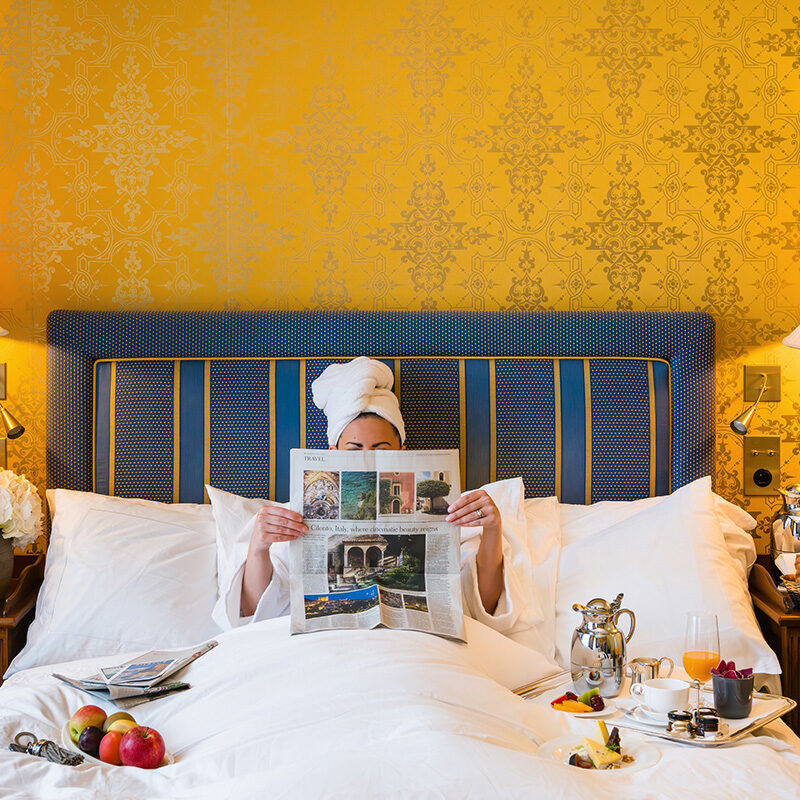One of the largest art museums in Switzerland was also once the site of controversial artistic inspiration. While now public grounds, the Rieterpark and the grand home overlooking it was once a private villa, where a famous German cultural figure may have overstayed his welcome.
Fleeing Germany after trying to organize a people’s revolution in 1848 (it was a very popular year to do that in Europe), German composer Richard Wagner and his wife Minna moved to Zurich, where they would stay for the next ten years. It is during this period that Wagner befriended Otto and Mathilde Wesendonck, who were newly influential patrons of the arts in the city and enjoyed the company of intellectuals at their home. Only having just moved into the neoclassical Villa Wesendonck in 1857, the couple invited the Wagners to stay at a house on their estate. It would be a life-changing sixteen months for all of them.
Wagner became instantly infatuated with the young Mathilde, declaring in many letters that she was his muse. Bewitched by her beauty and intellect, Wagner would write the libretto “Tristan and Isolde” based on his newfound love, even giving her a draft copy and dedicated poem just in time for the holidays on New Year’s Eve of 1857. By all accounts, the romantic feelings were mutual, with Wagner inspiring Mathilde to write multiple works of poetry. As could be expected, Minna Wagner was not particularly happy that a new work had been dedicated to another woman, and as curtains continued to be drawn back on the details of the intimate relationship, scandal ensued. Richard and Minna separated in August of 1858, with the cheating Wagner quickly fleeing to Venice. If one were to wonder how Otto Wesendonck felt, no other composers would again be welcome to stay on the grounds.
Almost 100 years after “Tristan and Isolde” was first written, the Villa Wesendonck would once again become a cultural meeting place. Founded in 1952, the Museum Rietberg now occupies the storied villa. Currently home to 32,600 objects and 49,000 photographs, the beginning collection came from the estate of Baron von der Heydt, who donated it to the city of Zurich in 1945. Focused on artwork from countries and regions outside of Europe, exploration into a diversity of cultures is included with the price of a ticket. Opera-inspiring liaisons, however, are not.

